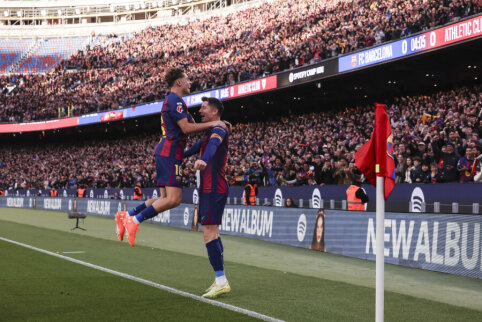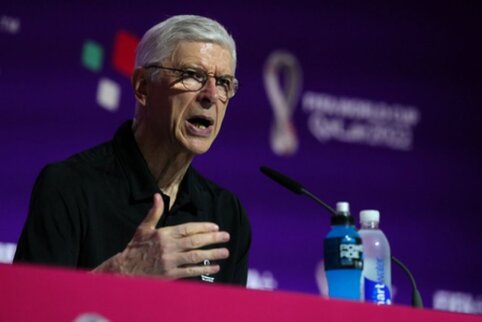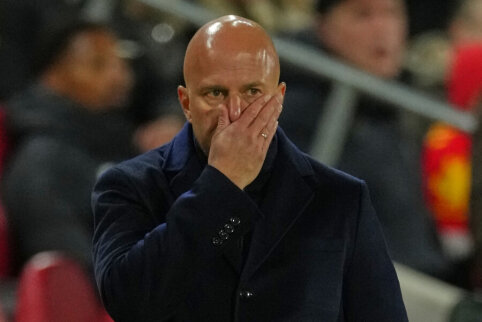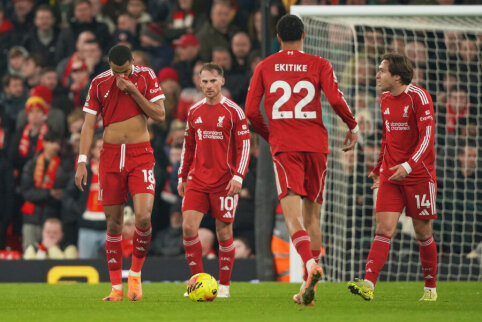 © EuroFootball.com
© EuroFootball.com
"Tribune" - the second part of the article series about historical World Cup stadiums. This time, website visitor JC Denton takes a look at two arenas in the Italian capital of Rome. In 1934 and 1990, Italy. Stadio Nazionale/Olimpico. The stadium died, long live the stadium! In 1932, the FIFA congress in Stockholm had to decide where the second World Cup would be organized. This right was won by Italy. Unlike the Uruguayans, the Italians did not have to make fantastic promises to prove their suitability in organizing the tournament. The tentacles of fascism worked on the delegates more strongly than Scandinavian hospitality. The representatives of the Apennines had at least seven large stadiums in cities like Bologna, Rome, Turin, Milan, and Naples, but their largest - the Rome National SPF (Stadio del Partito Nazionale Fascista) stadium was "only" 50,000 seats. So, it was almost half the size of Centenario, but the duce Benito Mussolini, usually inclined towards maximalism, refrained from grandiose construction and decided to demonstrate the "achievements of fascist sport" to the world in a 23-year-old arena. Built in 1911 in Rome, Stadio Nazionale was one of the five largest pre-war stadiums. Hosting fierce battles between the capital's teams "Lazio," "Fortitudo," and "Alba," it maintained its old name until 1925. Then the SPF letters were added to the name. Two years later, having absorbed "Fortitudo," "Alba," and many other smaller clubs, the pro-fascist "Roma" was created and entered the elite of Italian football, for which Stadio Nazionale became the home arena. Since then, the classic Rome derby between "Lazio" and "Roma" began to be considered. Stadio Nazionale In 1934, Stadio Nazionale hosted the main matches of the World Cup. 55,000 enthusiasts (officially 50,000) crowded to watch the final, in which Italy miraculously defeated Czechoslovakia. The final, turning the "blue" team into gold, was supposed to adorn the Nazionale stadium with the same glory. Unfortunately, its fate was different. During the war, the arena was used for purposes completely unrelated to sports. Stadio Nazionale, like later Santiago National Stadium, became a place of government repression. A Jewish ghetto, an explosives depot, paratrooper camps, hiding places for artworks - these and many other roles, perhaps still unknown to modern history, befell the fate of Stadio Nazionale. After the war, the old stadium brought back gloomy memories to the public. In the first years of the Marshal's plan implementation, the state economy strengthened enough to dream of building a new sports arena. In 1952, an 82,000-seat Stadio Olimpico was built in the northern Foro district of Rome. In the same year, both capital clubs, "Roma" and "Lazio," moved there. A year later, the old Stadio Nazionale was wiped off the ground. The new Stadio Olimpico embodied some of the most advanced engineering architectural solutions of its time. Its length is 107 meters, width - 68 meters, height - 13 meters. The stadium's altitude is 17 meters above sea level. Stadio Olimpico is located on a flat plateau between the Tiber River and Monte Mario hill. The purpose of the building is universal. As the arena was designed with a focus on the 1960 Rome Olympic Games, it, like the Munich stadium, is seen more as a citadel of athletics than football. The stadium's shape resembles a stretched-out saucer, where the distance from the upper rows to the field is much farther than in a classic football stadium. Stadio Olimpico before the 1990 World Cup Nevertheless, this did not prevent the arena from hosting many impressive football matches. Fans of the "Liverpool" club should love Stadio Olimpico as much as Anfield. In 1977 and 1984, the UEFA Cup final matches were held there, with the "Reds" triumphing. The second time, the home team - "Roma" team - was dramatically defeated at the Olimpico stadium. In preparation for the World Cup, the stadium underwent significant changes. The upper rows of the stands were brought closer to the green grass, enhancing the stadium's panorama. A transparent sliding teflon roof was installed in their place. All the stands were heavily renovated, except for the Tevere Tribune. It can be said that this way the stadium was reborn. Current Stadio Olimpico The most important pages of football history at Stadio Olimpico were written in 1990. Unfortunately, they were not joyful for the "Azzurri" and their fans. Stadio Olimpico saw the victories of Squadra Azzurra against Uruguay in the round of 16 and Ireland in the quarter-finals. However, in the semifinal match at the Sao Paolo stadium in Naples against the Argentinians, even the saints did not help the Italians. The final, held at Stadio Olimpico, became an event of pain for the Italians, as they had only passive spectator roles. The optimistic ending of the stadium's history is in 1996, when the Champions League final took place at Stadio Olimpico, in which the "Juventus" team triumphed over Amsterdam's "Ajax." First part of the series: 1930 Uruguay. Estadio Centenario - a symbol of the state.























